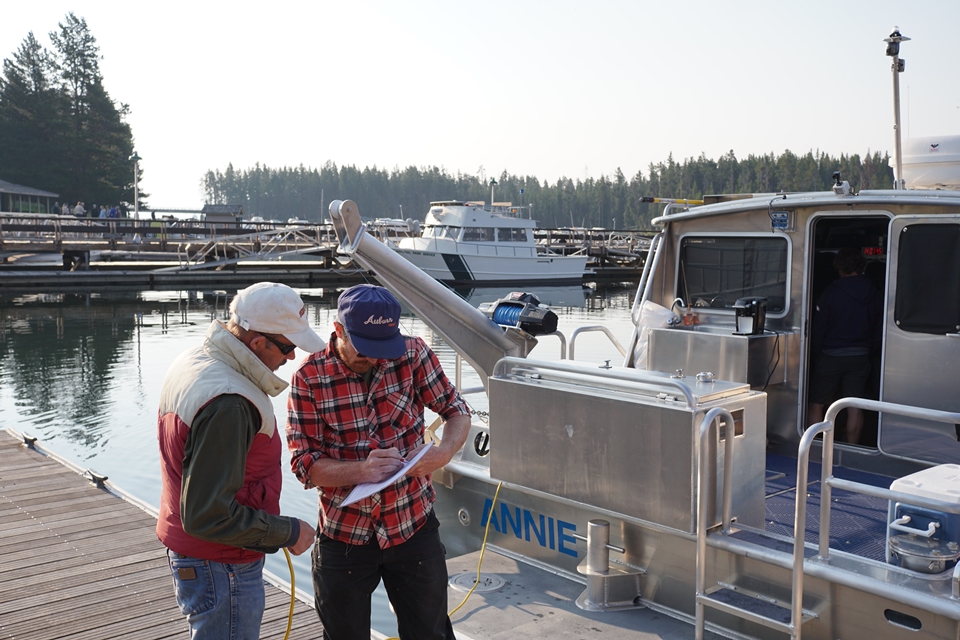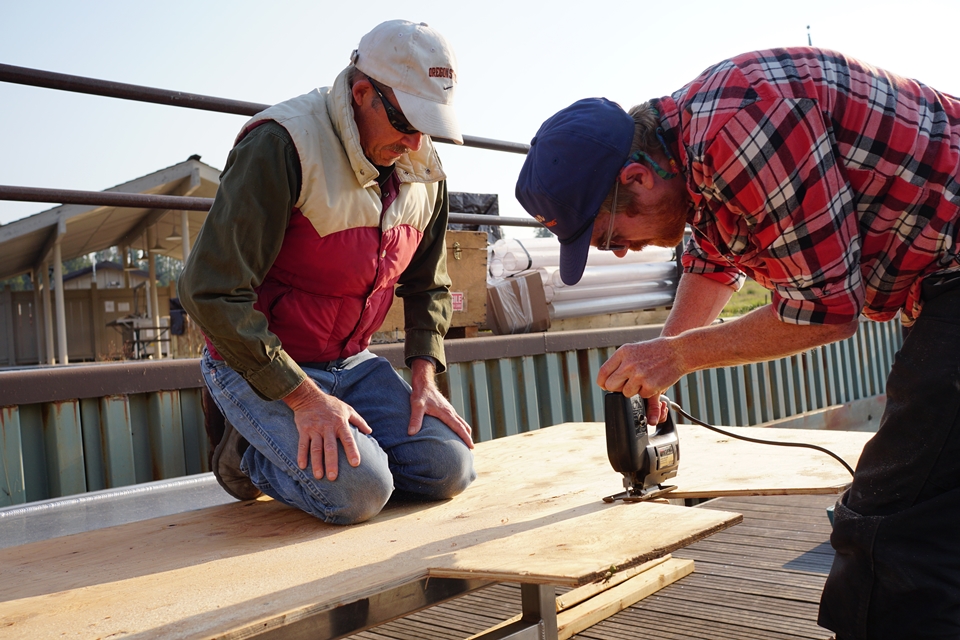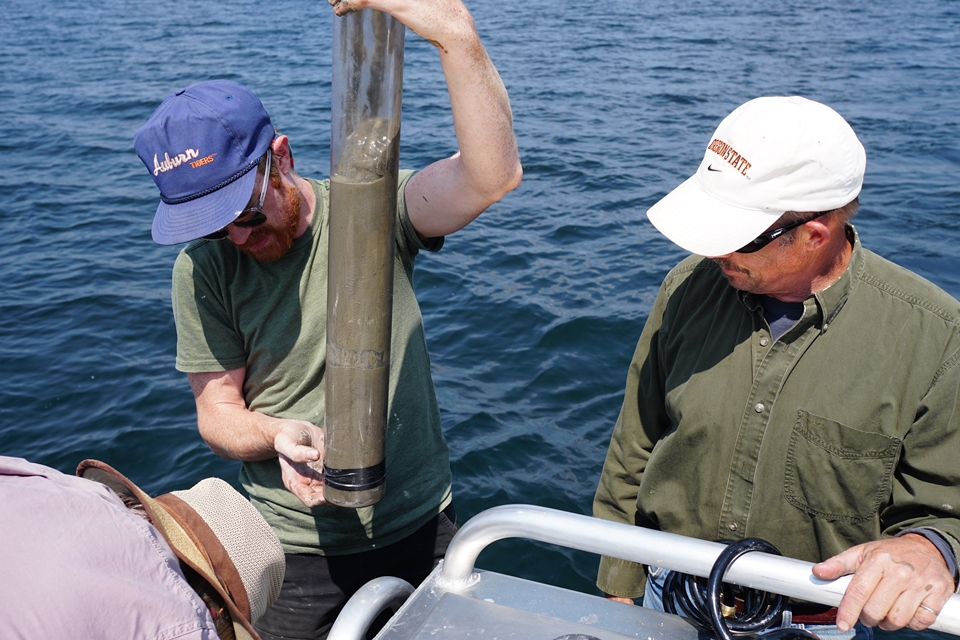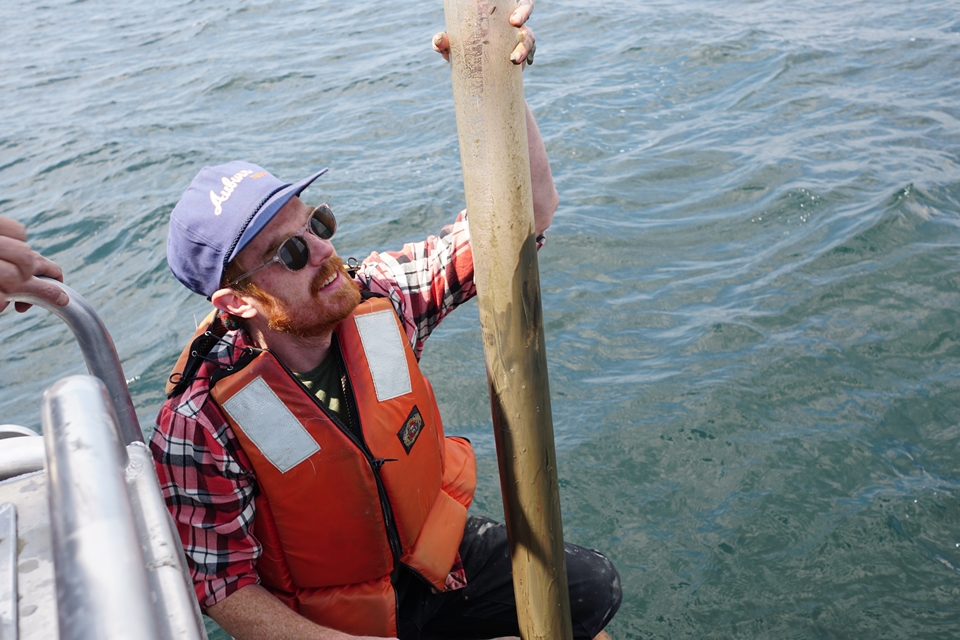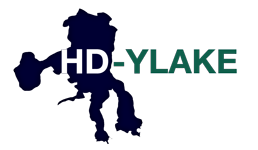This year HD-YLake welcomes two new researchers to the project. Bill Inskeep and Luke McKay are studying the microbial ecology of the sediments beneath Yellowstone Lake. Microbes, or ‘microscopic organisms’ are living things that are so small we need a microscope to see them. Examples include bacteria, viruses, and even tiny spider-like arachnids called mites. Ecology comes from the Greek word for “house”, and is the study of the interactions between organisms and the environment in which they live. Bill and Luke are interested in understanding how the chemistry in different areas of the lake floor affects the microbial community and how the microbial community, in turn, contributes to changes in local chemistry.
The Yellowstone Lake hydrothermal venting field is a prime example of an environment dominated by single celled organisms participating in transformative Earth processes like the carbon cycle. Their research will shed light on, for example, how these microorganisms get carbon from the environment and also what types of carbon they leave behind in the environment. In addition, this research may reveal biochemical signatures from changing hydrothermal activity that could be used to identify past hydrothermal activity in other locations.
To perform these analyses, Bill and Luke are collecting shallow tubes of sediment, called cores, at sites on the lake floor with varying properties, like differences in methane concentrations, pH, or temperature. They will then extract the DNA from the resident microbial communities to examine their genomic potential for resource usage. They will also analyze the chemistry at different depths in the sediments throughout the lake. In this way, they will capture a three-dimensional profile that allows them to describe the overall microbial community and its relationship to the geochemistry of the Yellowstone lake floor.
Story and photos by Louis Garcia, Louisiana State University. Work was completed under an authorized Yellowstone Research Permit.
